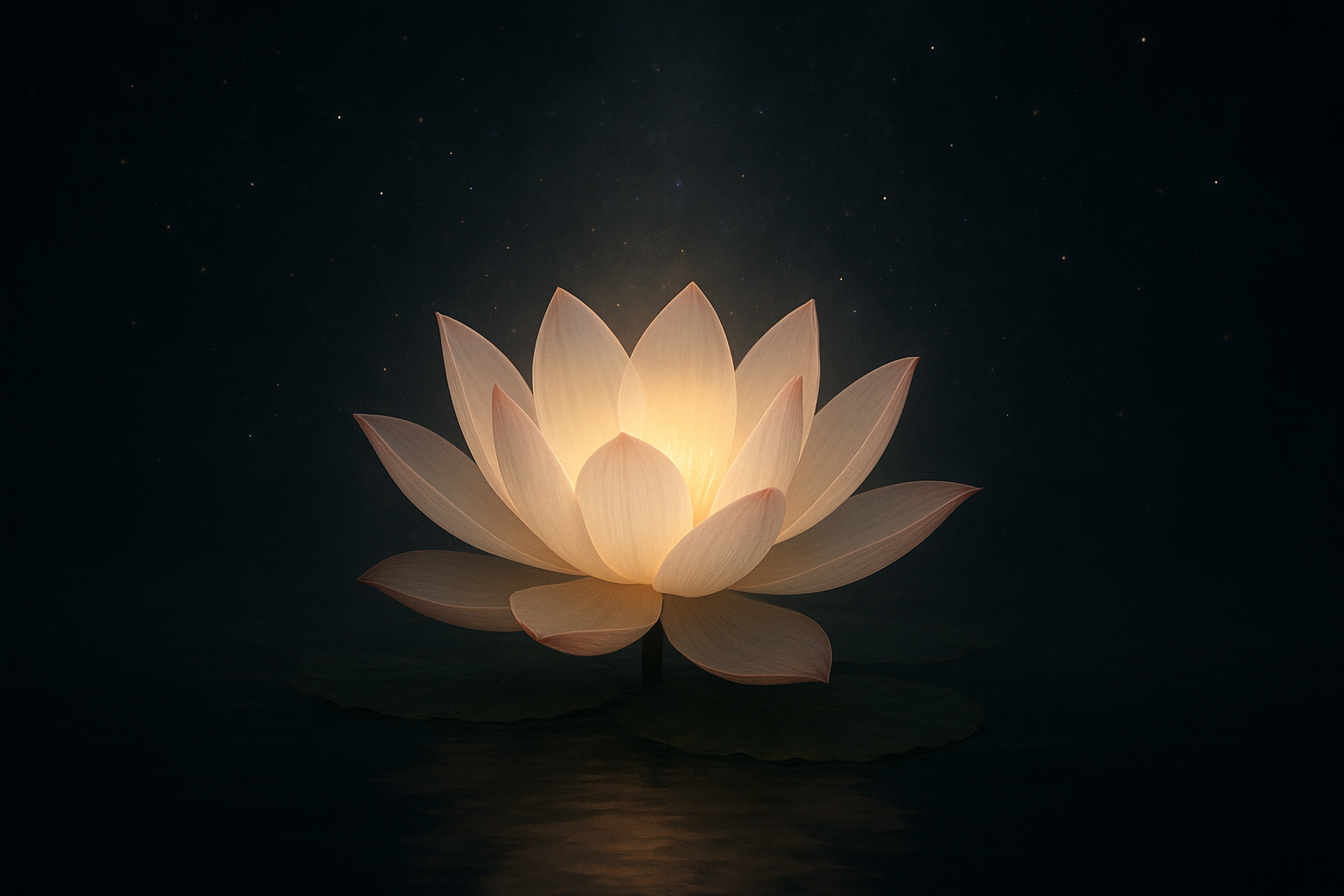In the enchanting philosophy of Daoism, the universe is conceived not as a distant, mechanical structure built by the hands of gods, but as an exquisite symphony of transformations stemming from the Dao, the unmanifest source of all that is. This article delves into the enigmatic concept of creation within Daoism, exploring how from the nebulous mists of the void arises the manifold forms of the cosmos.
The Origin: The Dao and The Void
The Dao De Jing, the seminal text of Daoism attributed to the ancient sage Laozi, commences with the line:
“The Dao that can be told is not the eternal Dao; the name that can be named is not the eternal name.”
This opening aphorism hints at the ineffable nature of the Dao, the primordial source that predates heaven and earth. According to Daoism, the Dao is the ultimate void, a boundless emptiness teeming with potential, existing beyond our comprehension and definition.
The concept of the void is not one of mere nothingness, but rather a fertile absence, a womb from which all things are born. This paradoxical notion of creation challenges the conventional understanding of beginnings, urging one to embrace the mystery and spontaneity inherent in the universe.
Qi: The Vital Breath
Emerging from the Dao is Qi (氣), often translated as “vital breath” or “life force.” Qi is the energetic link between the void and the manifest world, a dynamic force that animates the cosmos. In Daoist cosmology, the evolution from void to form is articulated through the interplay of Qi’s two fundamental aspects: Yin and Yang.
- Yin: Characterized by qualities such as darkness, receptiveness, and femininity.
- Yang: Represented by light, activeness, and masculinity.
The continuous dance of Yin and Yang embodies the balance and harmony of the universe, facilitating the transformation of the undifferentiated void into diverse physical and metaphysical forms.
The Role of Wu Wei
A pivotal concept in Daoism, Wu Wei (無為), is often interpreted as “non-action” or “effortless action.” In the context of creation, Wu Wei suggests that the natural world unfolds spontaneously and harmoniously when left to its own devices, without force or artificial interference.
Laozi emphasizes this principle in the Dao De Jing, where it is stated:
“The Dao never acts yet nothing is left undone.”
This idea does not advocate for passivity but rather champions an alignment with the natural rhythms and currents of life. In creation, Wu Wei allows the true nature of things to manifest, free from the constraints of contrived effort.
Three Treasures: Jing, Qi, and Shen
Within the human microcosm, Daoism identifies three treasures that are vital to the process of spiritual creation and transformation:
- Jing (精): The essence or seed of life, associated with physical vitality and health.
- Qi (氣): The aforementioned life force, maintaining the connection between body and spirit.
- Shen (神): The spirit or consciousness, regarded as the most refined and subtle energy.
Through practices such as meditation, Tai Chi, and Qi Gong, Daoists seek to cultivate and balance these treasures, thereby aligning themselves more closely with the Dao and facilitating the flow of creative energy.
Daoist Creation Myths
Though less central than the philosophical tenets, Daoist myths offer rich narratives about the origins of heaven, earth, and humanity. One prominent story is of Pangu (盤古), the mythical giant who emerged from a cosmic egg and separated the heavens and earth with his strength:
“At the beginning of time, the universe was a chaotic mass. From this void, a giant named Pangu arose. Upon his death, his body transformed into the various elements of nature. His breath became the wind, his voice the thunder, his eyes the sun and moon, and his blood formed rivers.”
This myth underscores the cyclic nature of creation and transformation, where from unity comes multiplicity, and from the death of one entity arises life anew.
Integrating Daoism into Modern Life
In today’s fast-paced world, the teachings of Daoism offer a counterbalance to the prevailing ethos of constant striving and linear progress. By embracing the principles of the Dao and the simplicity of Wu Wei, one can foster a deeper appreciation for the transformative power of the present moment.
Here are a few ways to integrate Daoist principles into modern living:
- Meditation and Mindfulness: Practice stillness and observe the flow of thoughts, allowing them to settle naturally without interference.
- Balance and Harmony: Strive for equilibrium in all aspects of life, acknowledging the interplay of opposing forces.
- Engage with Nature: Spend time in natural surroundings to reconnect with the rhythms and patterns of the universe.
Conclusion
The Daoist vision of creation as an unfurling from mist to form presents a beautiful paradigm of interconnectedness and harmony. By learning from the Dao, humans can find their place within the cosmos, embracing the cycles of change and the mystery of existence. Through the lens of Daoism, the void is not to be feared but cherished as the silent beginning of endless possibilities.
Experience the gentle unfolding of the Dao and explore further reading with the World History Encyclopedia on Daoism.
